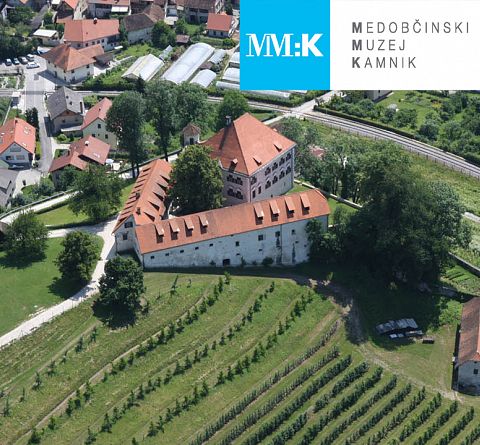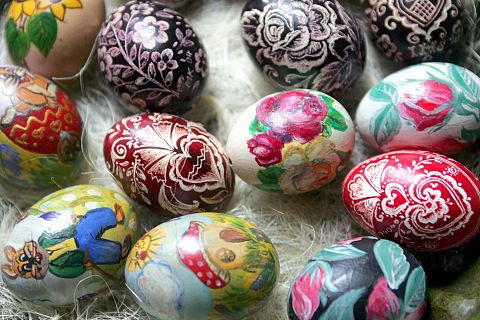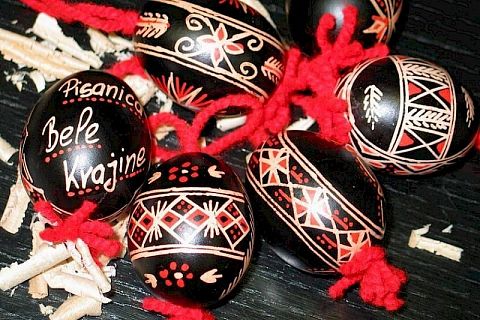Painted eggs - "pirhi"
WHAT DOES PIRH MEAN
The term pirh is related to the term piros, which means red in Hungarian and fire in Greek, and the Czech word pyreti means reddish. The tradition of donating Easter eggs dates back to pre-dynastic Egypt, Crete. It was known to the Sumerians at least 5,000 years ago. To all peoples, the egg means a symbol of life, of fertility. The custom of the Easter egg originates from the early Christian community of Mesopotamia, which stained red eggs in memory of Christ’s blood shed at his crucifixion. As such, for Christians, the Easter egg is a symbol of an empty tomb.
– As early as the Middle Ages, eggs were dyed by cooking them with onions. In 1290, Edward I even ordered 450 eggs to be covered with a thin layer of gold and given as an Easter gift.
– Also in the Middle Ages, an egg-throwing festival was organized in the church. The priest threw a hard-boiled egg at the boy from the choir, and then they passed it to each other. The one who had the egg in his hands when the clock struck noon was the winner.
– The first chocolate Easter egg was made for commercial purposes in 1873 in Great Britain in the Fry and Sons chocolate factory. Before that, people were gifted with empty eggs made of cardboard, which they filled with gifts.
– The first story about the Easter bunny, which hides eggs in the garden and is also one of the Easter symbols, was published in 1680.
(Source: http://zgodbe.siol.net/velikonocni-pirhi/, https://en.wikipedia.org/wiki/Easter_egg)






